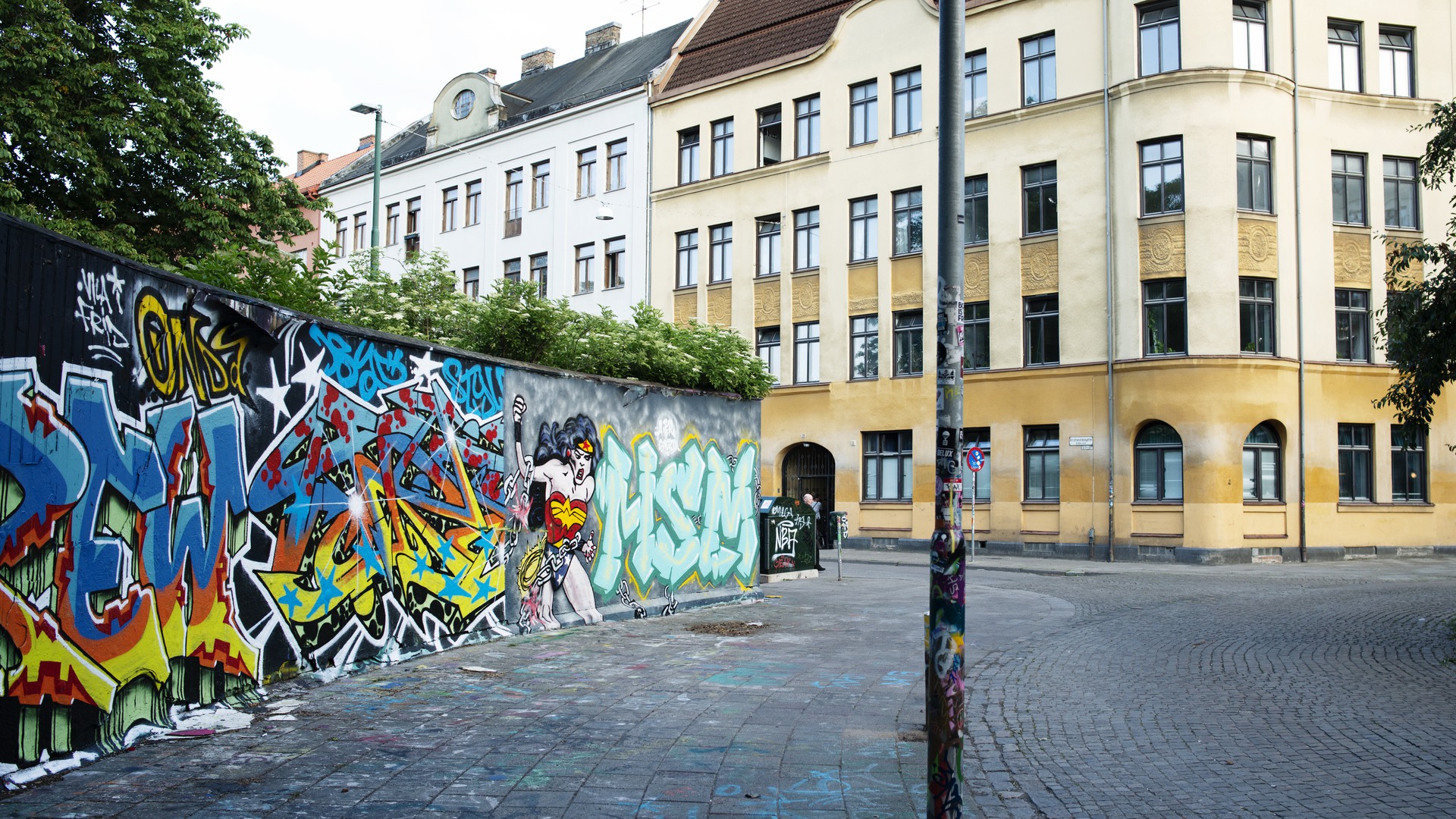Criminology: Individual characteristics, environment, and crime
International students
International students
About the course
The aim of the course is for the student to advance knowledge about criminological theory. The course also aims to illustrate how and in what way individual differences, environmental-, and social factors interact in an individual’s decisions to commit crime.
Course content
The aim of the course is for the student to achieve a deeper knowledge about criminological theory. The course also aims to illustrate how and in what way individual differences, environmental, and social factors interact in an individual’s decisions to commit crime.
The course begins with a review of criminological theories which illuminate the association between individual differences, social environment and crime. This is followed by a discussion of criminological theories and research which illuminates the interaction between individual differences and the social environment in the explanation of crime. Finally, how theoretical perspectives of this kind may be applied to crime prevention work will be discussed.
Entry requirements and selection
Entry requirements
A bachelor’s degree with a major in social- or behaviour sciences or medicine and English 6.
Selection
100% University credits completed
Course literature
Current literature list is available in the syllabus for the course
Course evaluation
Malmö University provides students who participate in, or who have completed a course, with the opportunity to express their opinions and describe their experiences of the course by completing a course evaluation administered by the University. The University will compile and summarise the results of course evaluations. The University will also inform participants of the results and any decisions relating to measures taken in response to the course evaluations. The results will be made available to the students (HF 1:14).



